Type Vi Secretion System
Type vi secretion system. The video has available English CCs directly from. This study represents the first functional description of T6SS in the genus Neisseria which unusually is plasmid encoded. At least some of the vas genes are required for cytotoxicity by a contact-dependent mechanism.
The injection apparatus is composed of a baseplate on which is built a contractile tail tubesheath complex. Recent studies have led to a. The type VI secretion system T6SS is a multiprotein machine that uses a spring-like mechanism to inject effectors into target cells.
Help pages FAQs UniProtKB manual documents news archive and Biocuration projects. The type VI secretion system T6SS is an antibacterial system that has been characterized in a large number of Gram-negative bacteria either pathogenic or environmental. Recently we have resolved the three-dimensional structure of the contracted Vibrio cholera type VI secretion system tubule to 6 ÅThe bacterial type VI secretion system is a multicomponent molecular machine directed against eukaryotic host cells and competing bacteria.
Many bacteria of the genus Bradyrhizobium are capable of inducing nodules in legumes. Cargo effectors are secreted by binding noncovalently to the T6SS apparatus. Gram-negative bacteria use type VI secretion systems T6SSs to deliver toxic effector proteins into neighboring cells.
Current structural models of the T6SS indicate that the apparatus is composed of at least two complexes a dynamic bacteriophage-like structure and a cell-envelope-spanning membrane-associated assembly. Lysis of prey cells induced by delivery of lytic effectors is required for efficient transfer of DNA from prey to predator. The type VI secretion system T6SS is a complex and widespread gram-negative bacterial export pathway with the capacity to translocate protein effectors into a diversity of target cell types.
Pukatzki et al 2006. An animation I made for the NIH about the Type VI Secretion System utilized in interbacterial competition. The type VI secretion system T6SS a Gram-negative secretion pathway 1 2 delivers effectors upon direct contact with a target cell 3 4.
In this work we describe the analysis of. They were recognised when mutations in the Vibrio Cholerae Hcp and VrgG genes caused diminished virulence and pathogenicity.
2 Department of Pediatrics University of Virginia School of Medicine.
The type VI secretion system T6SS is a contractile injection apparatus that translocates a spike loaded with various effectors directly into eukaryotic or prokaryotic target cells. Type VI secretion systems T6SSs are the most recent bacterial secretion systems to be discovered and therefore there is still much to learn about their structure and functions. Structure Role in Virulence and Acquisition 1 Department of Cell Biology Centro de Investigación y de Estudios Avanzados del IPN CINVESTAV-IPN Mexico City. Help pages FAQs UniProtKB manual documents news archive and Biocuration projects. Death of the target cell is the primary outcome that follows the delivery of the lethal effectors which are translocated from the attacker cell cytoplasm into the periplasm of the target cell via a T6S apparatus in a contact-dependent process 5 6. The type VI secretion system T6SS is a multiprotein machine that uses a spring-like mechanism to inject effectors into target cells. Type VI secretion system T6SS adopts a contact-dependent secretion mechanism to deliver various lethal effectors into prokaryotic or eukaryotic cells. Cargo effectors are secreted by binding noncovalently to the T6SS apparatus. An animation I made for the NIH about the Type VI Secretion System utilized in interbacterial competition.
Type VI secretion systems T6SSs are the most recent bacterial secretion systems to be discovered and therefore there is still much to learn about their structure and functions. Recently we have resolved the three-dimensional structure of the contracted Vibrio cholera type VI secretion system tubule to 6 ÅThe bacterial type VI secretion system is a multicomponent molecular machine directed against eukaryotic host cells and competing bacteria. The analysis of nodule structure revealed that the level of nodules colonization was significantly reduced in the mutants with respect to the wt strain and the importance of a type VI secretion system T6SS in a symbiotic strain of the genus Bradyrhizobium is described. The T6SS spike which punctures the bacterial cell envelope allowing effector. Recent studies have led to a. The protein substrates can be secreted into the extracellular medium and possibly into eukaryotic cells. Death of the target cell is the primary outcome that follows the delivery of the lethal effectors which are translocated from the attacker cell cytoplasm into the periplasm of the target cell via a T6S apparatus in a contact-dependent process 5 6.
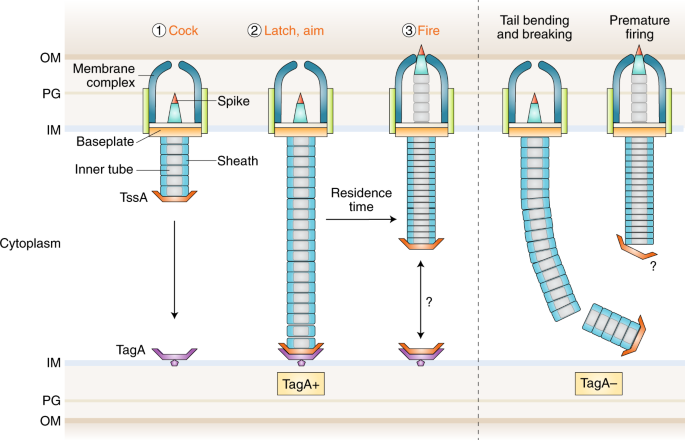








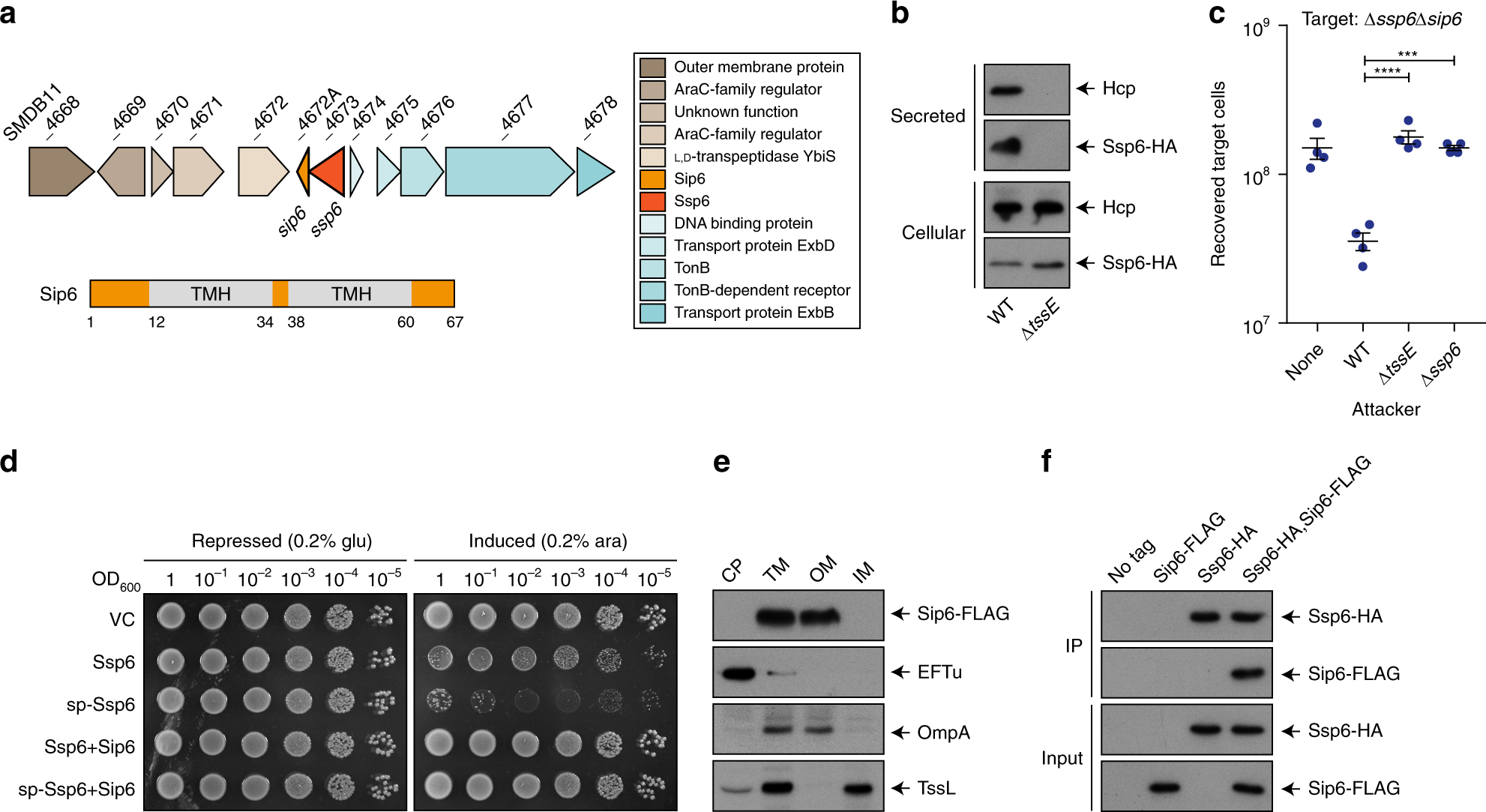
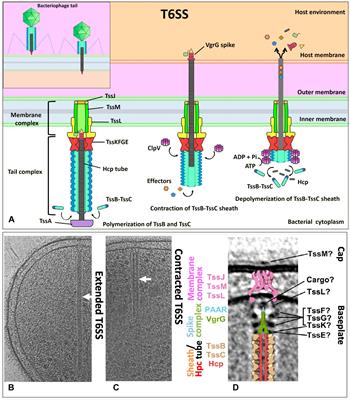


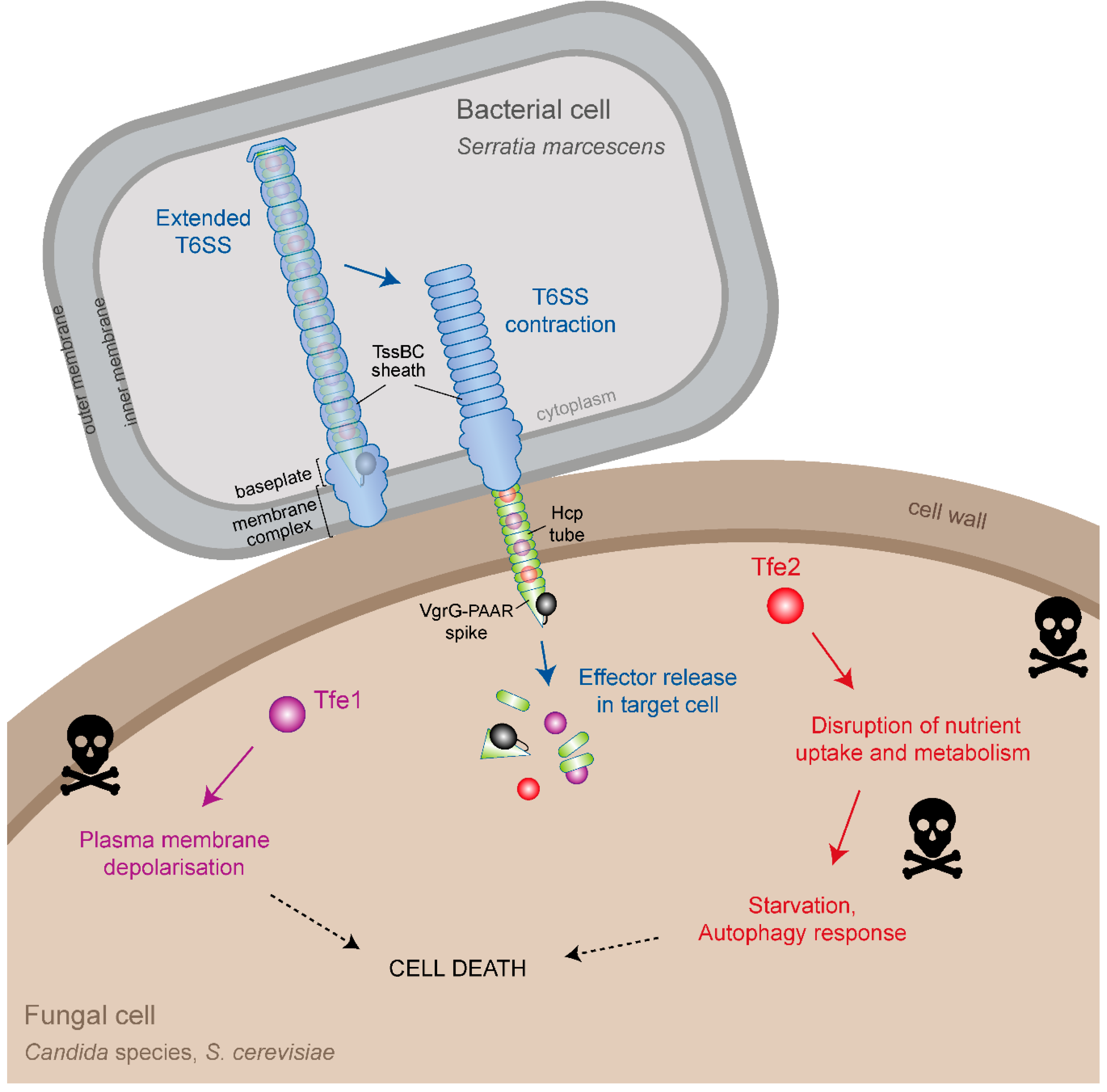
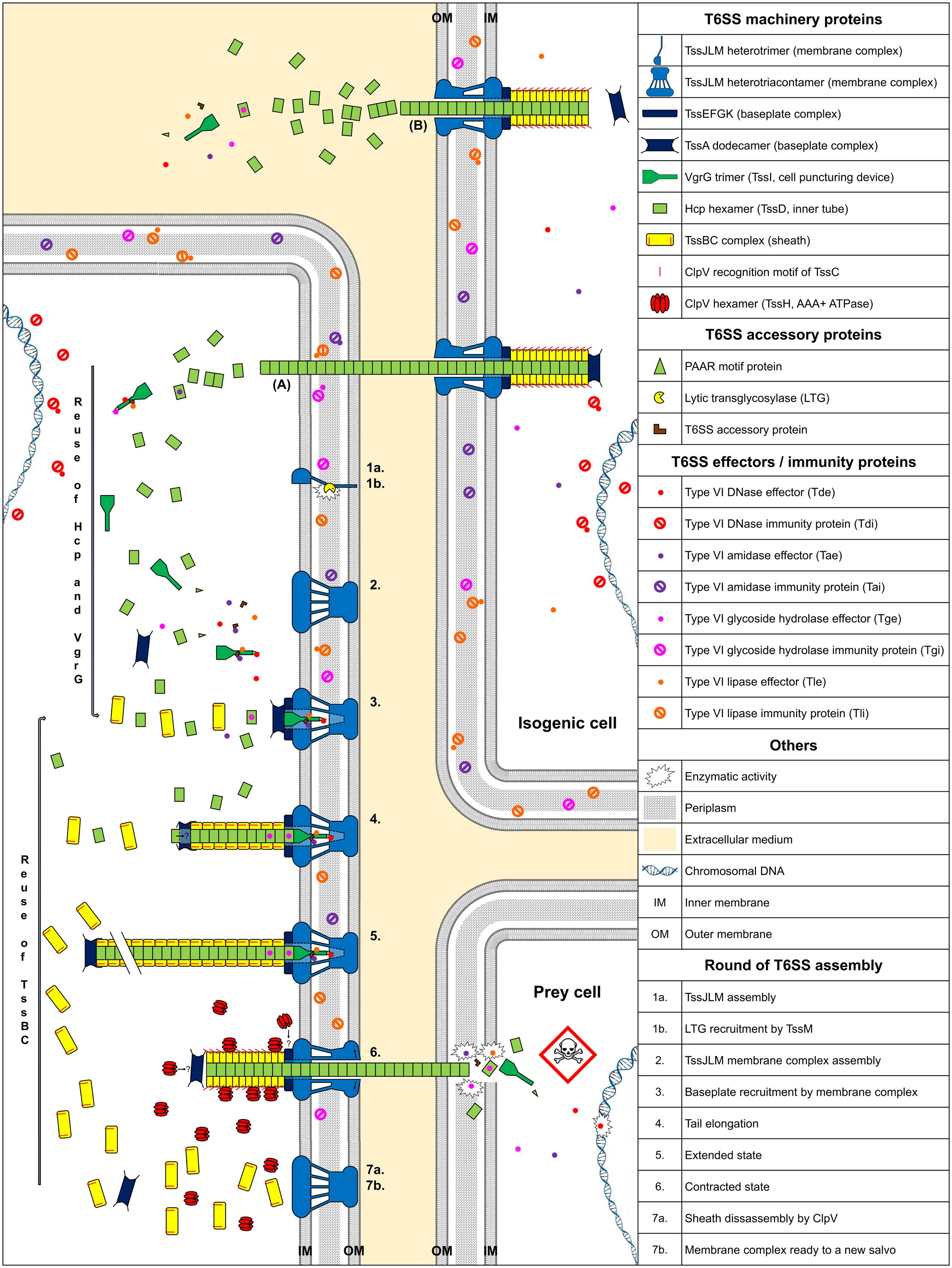


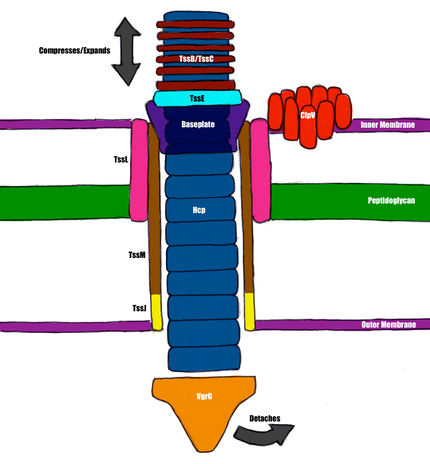













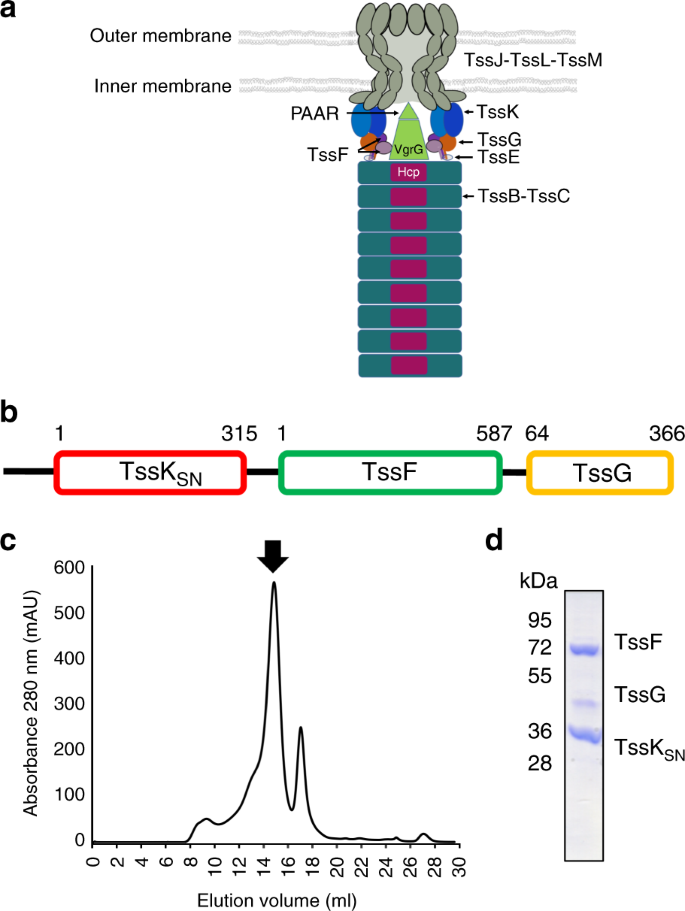


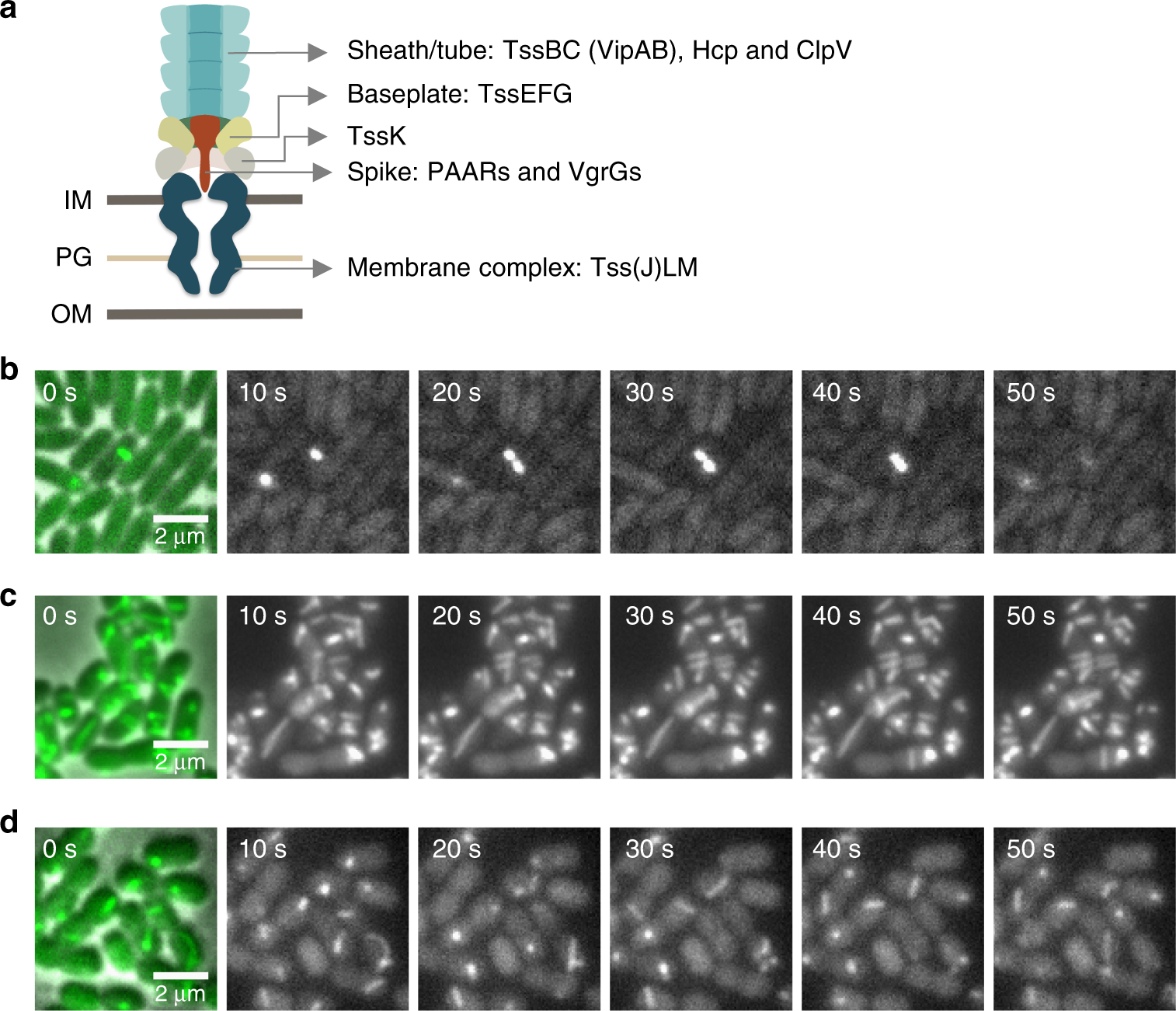






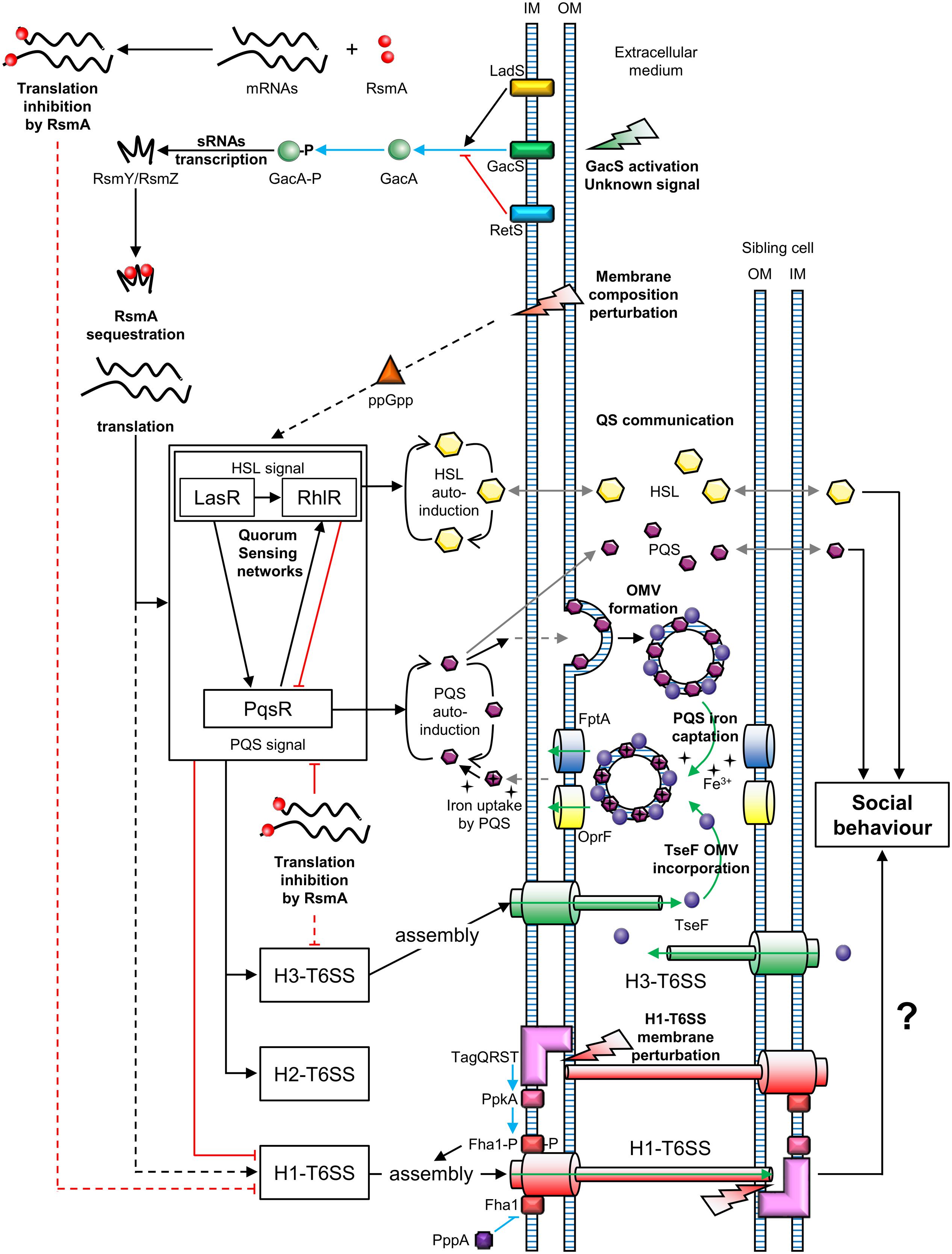

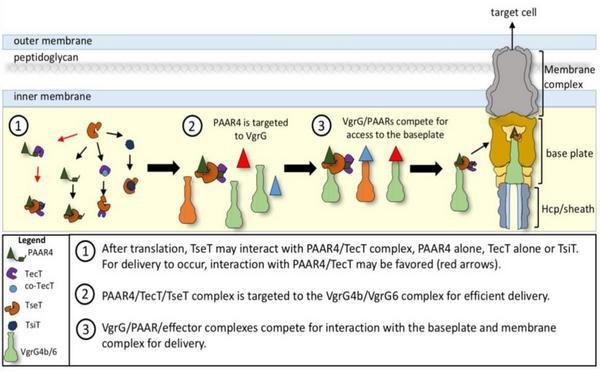


Post a Comment for "Type Vi Secretion System"